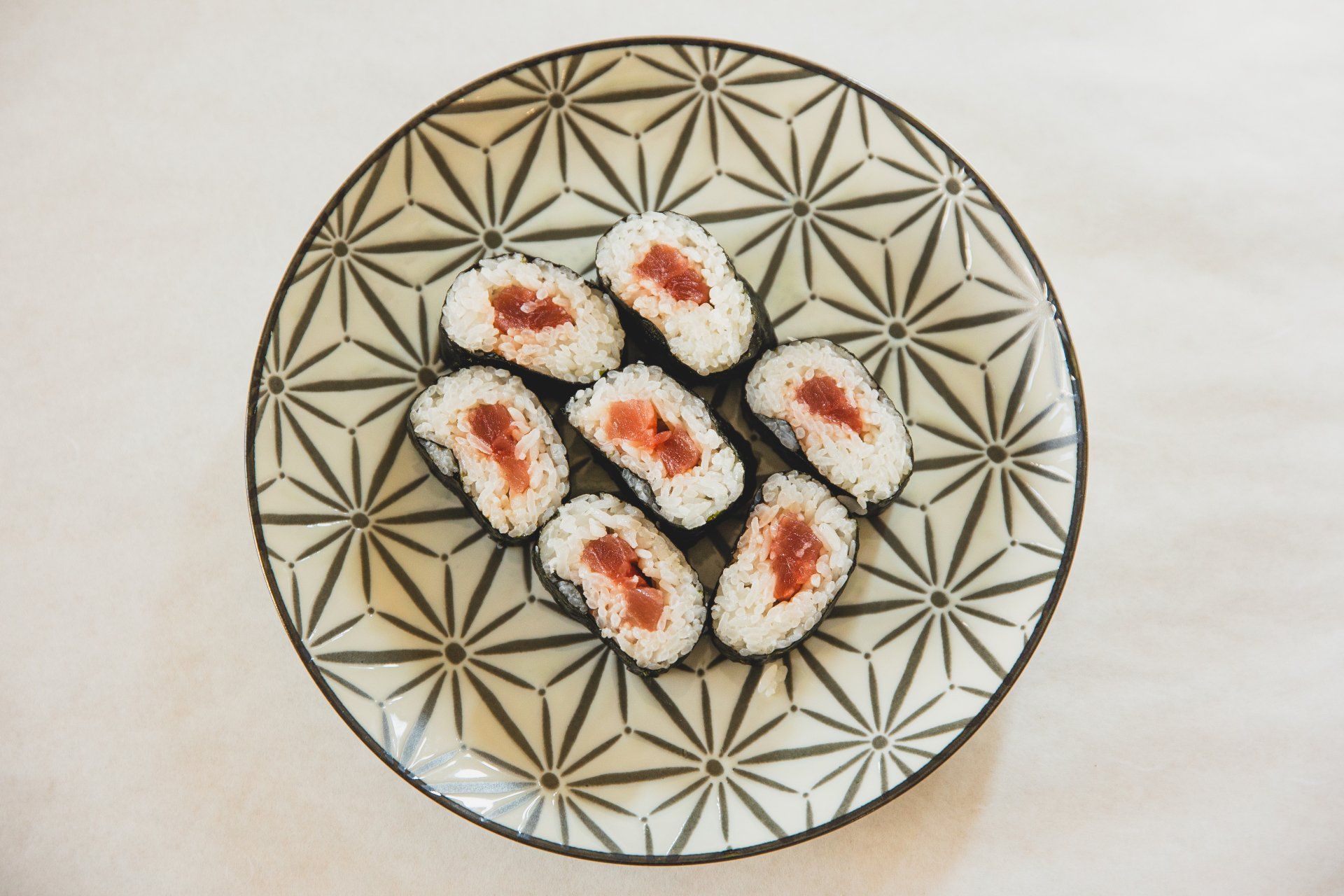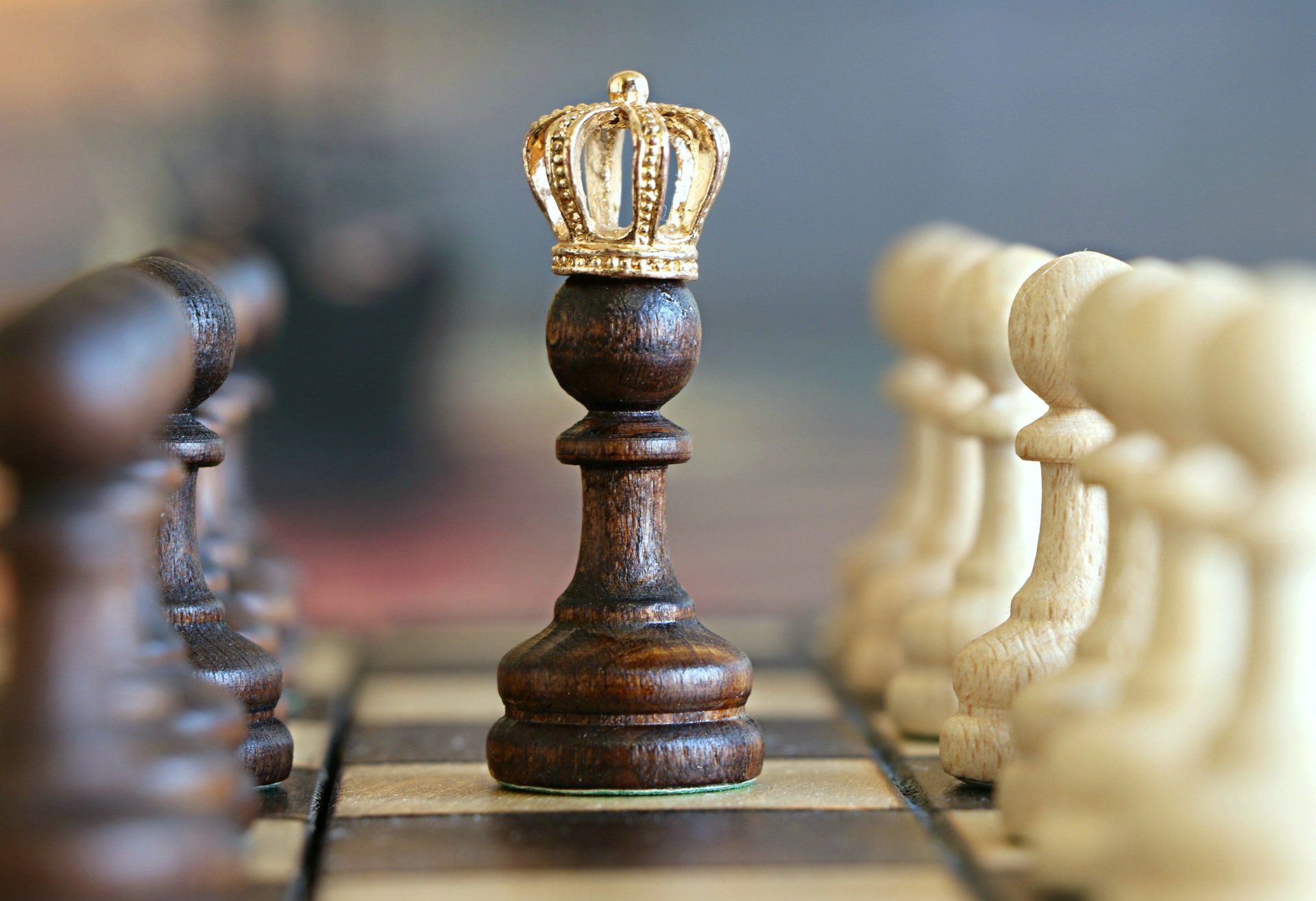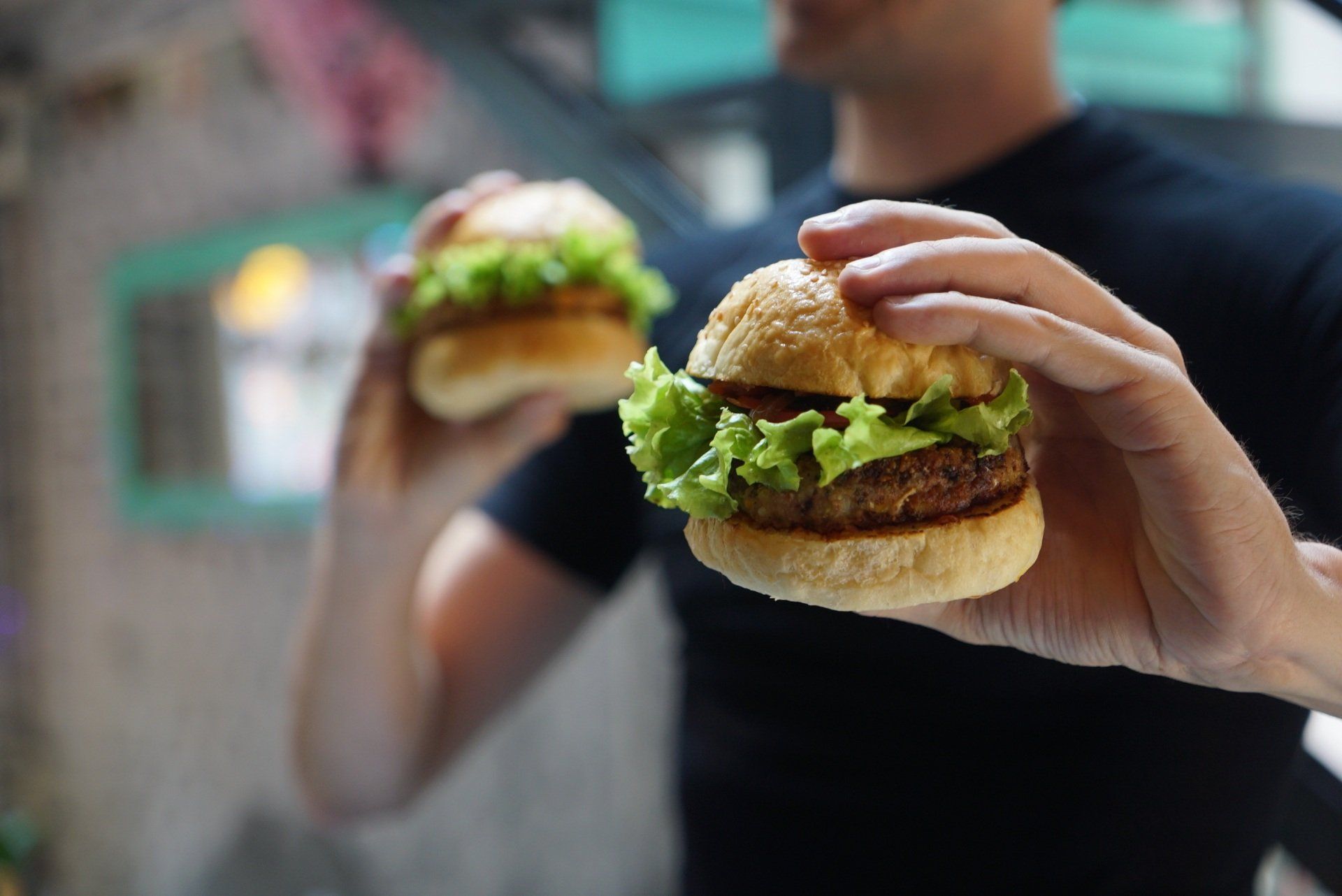The Key To Anti Diet Weight Loss: Rituals
In this lesson, you’re going to learn “best practices” for creating rituals. As you’ve seen in earlier posts about how rituals are crucial to no-diet weight loss, rituals calm you, sharpen your focus, make you grateful, and feel connected. Rituals lengthen the meal, create anticipation and ultimately enhance the pleasure you get out of the food.
All of those things will help you lose weight.
So, the first rule of rituals is this: Keep it simple.
Skip the kabuki performance, nix the Japanese tea ceremony. The more rigid the ritual, the greater the difficulty, the longer it takes, the more it’ll backfire on you.
The second rule is to use rituals for every eating opportunity, including and especially…SNACKS!
As we saw in the intuitive eating Harvard study on chocolates and carrots, small rituals can have a big impact on how much you eat and the level of pleasure you experience.
Before knowing about the Harvard study I used to wolf down my chocolate treats. Now I break my chocolate bars into small pieces and put them on a small plate to see how close I can place them without touching.
In less than 30 seconds my ritual deepens the pleasure I get out of the chocolate and lengthes the eating experience. That gives my stomach and brain time to communicate how full I really am, while triggering Sensory Specific Satiety.
How To Lose Weight Without Dieting
Bottom line? Rituals help you eat less; enjoy more. And when that happens…this happens: You learn how to lose weight without dieting.
Now, let’s expand our conversation from snacks to meals.
Experts who study the role of conscious eating-type rituals in weight loss say every meal, taken alone or with others, should have a conscious beginning, middle, and end.
Beginning
Create an intentional transition acknowledging the start of a meal. The transition can be as formal as ringing a bell before the meal or announcing, “Dinner is served!” The point is to have a clear demarcation line that says, “Stop what you’re doing. Disconnect from work, worry and technology to connect to something that is going to give you immense pleasure.”
If you’re eating alone, pause before eating and notice your mental state. Ask yourself what you want and need from this meal, both nutritionally and emotionally.
Next, whether alone or with others, use a pre-meal gesture to keep yourself from impulsively reaching for the food. It can be as small as a breath, a pause, a brief prayer, or a nod of gratitude. It can be a small toast acknowledging the pleasure and privilege of eating.
You can smudge a room or light a candle. You can read an aphorism, say a mantra, open a bottle of wine or bless the meal. A ritual can involve holding hands and saying grace or going around the table and saying one thing we are thankful for.
The form of the ritual doesn’t matter. What matters is that it be personally meaningful. What kind of ritual would ground you, make you more appreciative of the food and more emotionally connected to the people around you?
Middle
Part of any ritual is the practice of good manners. Chewing with mouths closed and saying please and thank you show respect for your dining companions and yourself.
Although buffets can make you overeat, consider serving food family-style occasionally rather than plating up individual servings. As people pass food to each other, they connect more. Simply making a request like “Pass the butter beans, please” can be a conversational spark.
Consider playing a game like Mad, Sad & Glad, where everybody takes turns describing something that made them angry, depressed, or happy.
Ritualistic eating, patterned behaviors that help you enjoy the food more, are important. This can be as simple as finishing one food group before starting another or putting the fork down when food is in your mouth.
End
Asking to be excused from the table, thanking the cook or anyone who helped prepare the meal, blowing out a candle, clearing the plates—these are all end-of-meal rituals. They’re subtle but important because they signal the end of eating.
Rituals do not have to be complex; they do not have to look like other people’s, and they do not have to be the ones you had growing up. Make them meaningful or the effect will be meaningless.
Intuitive Eating Tips When You’re Stressed Out
If stress burned calories everybody would look like a supermodel. We live in a relentlessly driven society openly hostile to reflection and contemplation but that doesn’t mean we can’t carve out the time for rituals, especially when they only take a few moments.
If lunch is the only time you can catch up on your emails, for example, you can still pause, take a moment, or say a quick prayer. You can still take a breath, look at the food and say, “I am grateful for this.” You can still refrain from typing until you stop chewing. You can still obey a central tenet of mindful eating: If there’s food in your mouth, there shouldn’t be food on your fork.
Of course, you can’t do any of this without pausing and paying attention. Self-awareness, understanding what’s happening in the moment, is the key to creating and maintaining weight-reducing rites.
Rituals connect us more deeply to the eating experience, imbuing food with an importance far greater than simply the nutrients they provide. By decreasing the importance of visceral pleasures (satisfying the biological urge for fuel) they give us room to experience pleasure for the sake of pleasure.
And by lengthening the time it takes to finish a meal, rituals improve our ability to sense alimentary alliesthesia (how full you are) and sensory specific satiety (the decline in pleasure with each successive bite). This helps us get more pleasure out of less food.
In the end, food rituals help us achieve something wondrous: Moderation not as a restraint on pleasure but as a route to it.
Academic Studies Informing This Article On Conscious Eating
Wansink, B., & van Kleef, E. (2014). Dinner rituals that correlate with child and adult BMI. Obesity (Silver Spring, Md.), 22(5), E91–E95. https://doi.org/10.1002/oby.20629
Quote: To summarize, the ritual of where one eats and how long one eats seems to be the largest driver of both adult and child BMI. Eating in the kitchen or at the dining room table and remaining at the table until everyone is finished eating were both associated with lower BMIs for parents and children.
Lin, P. Y., Wood, W., & Monterosso, J. (2016). Healthy eating habits protect against temptations.
Appetite,
103, 432–440.
https://doi.org/10.1016/j.appet.2015.11.011
Quote: In our research, healthy habits protected against the unhealthy consequences often associated with reduced executive control. Habits thus can maintain healthy choices and small portions when people are not prepared to deliberate.
Tian, A. D., Schroeder, J., Häubl, G., Risen, J. L., Norton, M. I., & Gino, F. (2018). Enacting rituals to improve self-control.
Journal of personality and social psychology,
114(6), 851–876.
https://doi.org/10.1037/pspa0000113
Quote: A field experiment showed that engaging in a pre-eating ritual over a 5-day period helped participants reduce calorie intake (Experiment 1). Pairing a ritual with healthy eating behavior increased the likelihood of choosing healthy food in a subsequent decision (Experiment 2), and enacting a ritual before a food choice (i.e., without being integrated into the consumption process) promoted the choice of healthy food over unhealthy food (Experiments 3a and 3b).
Vohs, K. D., Wang, Y., Gino, F., & Norton, M. I. (2013). Rituals enhance consumption.
Psychological science,
24(9), 1714–1721.
https://doi.org/10.1177/0956797613478949
Quote: Four experiments tested the novel hypothesis that ritualistic behavior potentiates and enhances ensuing consumption--an effect found for chocolates, lemonade, and even carrots. Rituals enhance the enjoyment of consumption because of the greater involvement in the experience that they prompt.










